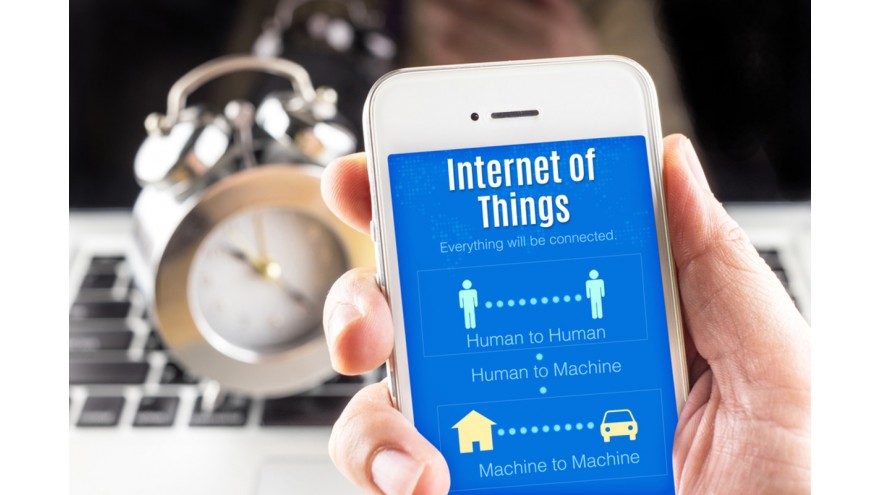Products Not Marketing, Should Be How You Win Customers' Hearts
So many companies entrust customer engagement to marketing. At the same time, many customers blame marketing’s inability to engage them in relevant and meaningful ways as one of the top roadblocks for referring brands or becoming loyal. If companies don’t change how they engage customers, including people, tools and practices, customers will simply go elsewhere.
This is what blows my mind about customer engagement today. Customers are the lifeblood of any organization, yet engagement is relegated to departments that run disengaged and disparate strategies, such as email marketing, social media broadcasting, product registration programs, and net-promoter-score surveys, among others. Companies really don’t invest the time or resources in technology or initiatives that engage people in ways that are contextually relevant, useful and meaningful.
This has to change.
The Product Is The Message
In part 1 of this series, I shared the promise of “in-product communication” as a new channel for customer engagement. I noted that as products are increasingly connected to the Internet (wearables, smart devices, intelligent appliances, etc.) as part of the Internet of Things movement, companies now have the ability to communicate with users directly through products.
Companies can also understand the context of product usage to anticipate customer needs, better support customers, and more effectively personalize engagement.
If customer experience is defined as the sum of all interactions a customer has with your brand throughout the customer lifecycle, improving engagement becomes a significant competitive advantage.
In everything from marketing and messaging, to service and support, to loyalty and rewards, and customer advocacy, companies that activate the Internet of Things as a channel for relationship building and enhancing the customer experience introduce a new standard of business.
Yet, according to a 2013 Econsultancy report, 89% of companies said they planned to compete on the basis of customer experience while only 8% of companies said they currently provide a "very integrated" customer experience.
Throwing An Engagement Party
This is why I see in-product engagement as the next big thing for customer experience. Traditional programs are limited. They are inhibiting the ability for any company to foster dialogue and relationships with the very people using their products.
For example, any company that sells through retail does not receive a complete roster of those using the products unless customers register them and create an account or contact support. With email marketing, companies can only reach out to customers who have provided their email addresses.
With in-product engagement—something now possible with modern, connected devices—companies can communicate based on device ID or serial number, essentially reaching 100% of customers' devices that go online.
Right now, only 15% of customers typically register a device, thus providing means for future contact. Even still, email marketing sucks. Only 20% of those registered customers might open an email and only 5% might click through with a lackluster 1% likely to convert.
This emergent platform of in-product engagement is also important through later stages of the product lifecycle, like repair or replacement. Often product managers struggle to understand which customer-support issues need to be resolved in a product update and also how to be more competitive in providing differentiated, value-added features.
Talk To The Customer—Not To The Channel
In-product communication opens new doors. Short, context-based surveys, broken down by the specific serial number, lot, location, and so on can be very revealing. And delivering a survey through the device, as opposed to a channel like phone calls, direct mail, or email, yields substantially higher completion rates.
As I wrote this post, Apple was just issuing a hardware repair notice for owners of the iPhone 6 Plus. Turns out that an early version of the smartphone included potentially faulty camera lenses, mine included, which caused blurry images.
As a user, if you didn’t hear about it in the news, you most likely wouldn’t have known there was a solution. iPhones have push notifications—Apple wrote the software and runs the service that delivers them! Why didn't I hear about the problem this way?
Apple could have alerted known users of the affected devices one by one, in a direct, personal, highly engaging manner to:
- Repair the problem directly and efficiently
- Control the inevitable press about the issue in a way that positively becomes part of the inevitable story
Right now, Apple still doesn't fully control its relationship with all of its customers, since phone-company retail stores sell many of its smartphones for it. But as it adds more cloud-based services and new services like the iPhone Upgrade Program, it will have more direct access to those customers—and fewer excuses for not communicating directly about problems.
While new, in-product communication also introduces a new opportunity for customer engagement and ultimately sets the stage for a new genre of customer experience. Because it’s new, we must also rethink what it takes to manage it effectively. Using an entirely new channel for customer relationship management the way we use old channels only equates to mediumism at best.
See, no matter how ambitious we get with new technology, it doesn’t matter. Without aligning with a bigger mission or vision with what we are trying to do—something that is going to matter to your customers—we are just communicating the way we always have. We are not moving in any new direction.
We may talk about the "Internet of Things," but really what matters to you is the network of humans who pay money to use your products. It’s time to move in a new direction. It’s past time to invest in customer experiences in ways that improve relationships, cultivate loyalty and advocacy, and take advantage of this new, connected world.





Comments